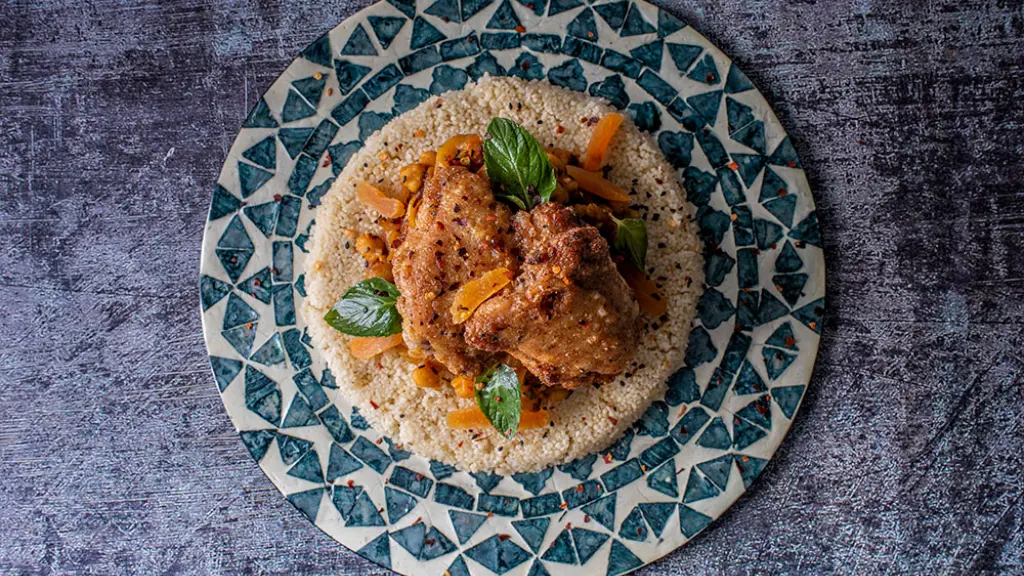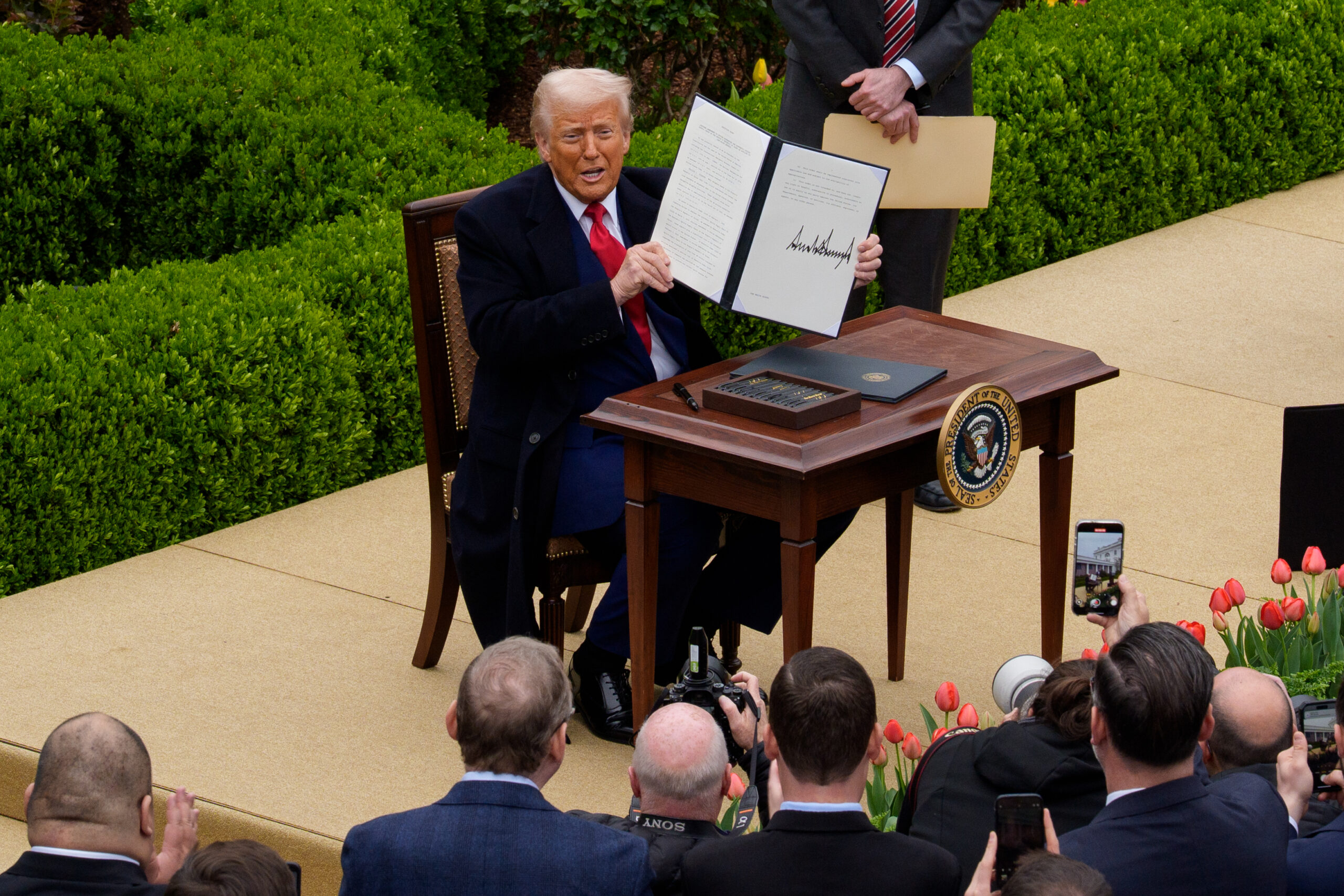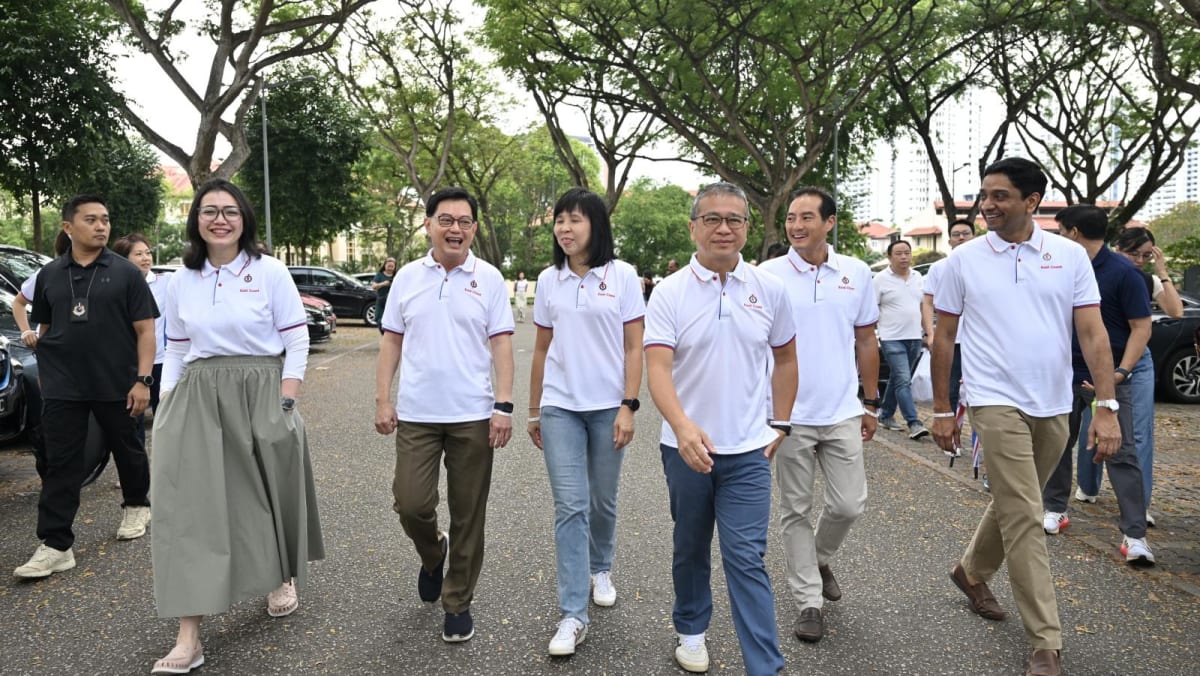Authors: Chanhsy Samavong, Laos Macroeconomic Research Institute, and Buavanh Vilavong, Laos Ministry of Industry and Commerce
The Lao economy has been seriously impacted by rising inflation and the deterioration of the national currency, the kip. These problems have been caused by longstanding structural vulnerabilities, and can only be corrected by medium- to long-term reform efforts.
High inflation accelerated for ten straight months in 2022, from 6.2 per cent in January to 39.2 per cent in December hitting a two-decade record. The Asian Development Bank estimates that the inflation rate could reach 17 per cent in 2022 — the highest in Southeast Asia — moderating to 4.5 per cent in 2023. The outlook for inflation is nevertheless uncertain given the gradually dissipating impacts of external shocks and occasional administrative interventions, leaving Laos’s exchange rate at around 17,400 kip to the US dollar.
Prices of food and fuel surged by 45.8 per cent and 50.4 per cent respectively in December 2022. This was worsened by spillover effects of commodity price hikes and the kip’s depreciation. A large-scale fuel shortage combined with a shortage of foreign currency at the official exchange rate led to a sharp rise in fuel prices in mid-2022.
Global energy price hikes and the ongoing Russia–Ukraine conflict have added a number of uncertainties into the mix. Export disruptions interrupt global grain supplies. Additional increases in energy prices could exert further upward pressure on the prices of grain and edible oil.
If Laos’s exports, tourism and remittance earnings continue to decrease, this would put further pressure on the kip’s value. This makes fuels and other products even more costly for the general population.
Higher prices reduce the purchasing power of poor households and have potential to delay the country’s post-pandemic economic recovery. High inflation threatens living standards, especially for the urban poor. Two-thirds of the Lao population reported spending less on healthcare and education in 2022, which could further undermine the government’s human development and poverty reduction efforts.
The Lao economy is estimated to have grown by only 2.5 per cent in 2022. Slower growth reflects high inflation, depreciation of the kip, a less conducive global economic environment and slow domestic reforms. Economic recovery will be gradual, with real growth forecast to reach around 3.7 per cent this year.
High inflation has also decreased income growth and real consumption, given that investment and consumption comprise 37 per cent and 56 per cent of GDP, respectively. A sharp increase in agricultural input costs and transport disruptions also depressed economic activity in Laos’ agricultural and manufacturing sectors.
The Lao government has implemented policy measures to ease currency depreciation, including raising interest rates and rationing foreign exchange reserves for importing essential goods. But the impact of these measures is temporary if underlying structural problems have not been properly addressed. Failing to stabilise exchange rates could make Laos face significant currency depreciation, leading to further inflation.
In the short term, the government put in place a mechanism to divert foreign exchange earnings into formal channels. One of the main factors causing kip’s fluctuations is speculation in the market. Regulations, especially the recently-amended Law on Foreign Currency Management have to be better enforced.
Apart from ensuring sufficient foreign exchange reserves, there is a need to address macroeconomic problems. This includes broadening Laos’s tax base from import duties to internal taxes in order to mobilise domestic revenue. Unnecessary expenses have to be tightened. It is also important to systematically reform the direct taxation structure to extend fiscal space. Any reforms in subsidy policy should be done in phases with careful planning.
Policies to address structural vulnerabilities should be coupled with proper mitigation measures to help households navigate current economic shocks. Promoting domestic production and consumption is not only the best path for economic self-reliance, but also to reduce demand for foreign exchange reserves. Continued subsidies and indirect tax cuts to stabilise fuel and commodity costs could shrink Laos’s already limited fiscal space, resulting in decreased public expenditure on education and healthcare, along with capital investment and social security. Any reduction in social assistance could create more hardship for the poor, particularly against the backdrop of rising food prices.
Without significant structural reforms and appropriate support mechanisms, higher inflation is already pushing vulnerable groups below the poverty line due to deteriorating purchasing power. Lower food consumption will have significant consequences for the nutrition and health of children and adolescents. Increasing prices of essential goods could force households with fixed incomes to cut expenses on education or postpone essential healthcare. Laos must see its short-term inflation problem as a potentially serious long-term risk to its human development goals.
Chanhsy Samavong is an Economist at Macroeconomic Research Institute (MRI), Lao Academy of Social and Economic Science (LASES).
Buavanh Vilavong is Director General of the Department of Industry and Handicraft, Ministry of Industry and Commerce, Laos.
This article is part of an EAF special feature series on 2022 in review and the year ahead.




















Discussion about this post